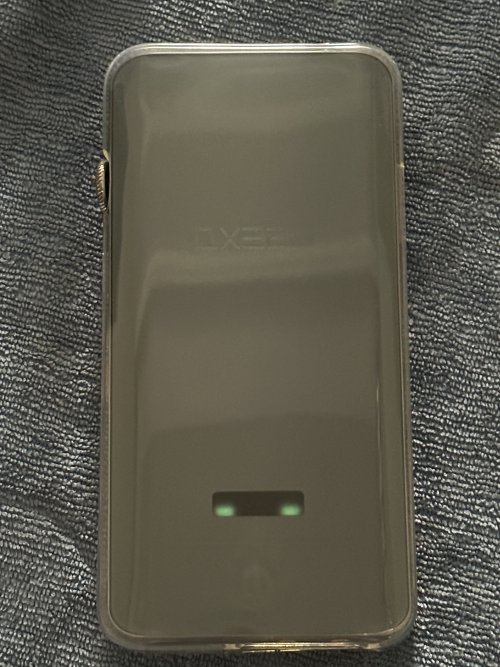For anybody interested, I just posted my A8000 review here, soon to be shared on head-fi as well. Enjoy the read, including a detailed sound analysis, comparisons, and a ton of source pair up examples.

Yes, the A8000 is very addictive, primarily due to its resolving power, IMHO; every time I listen to an album I haven’t listened to in a while with the A8000, I hear detail that I never heard before.





































